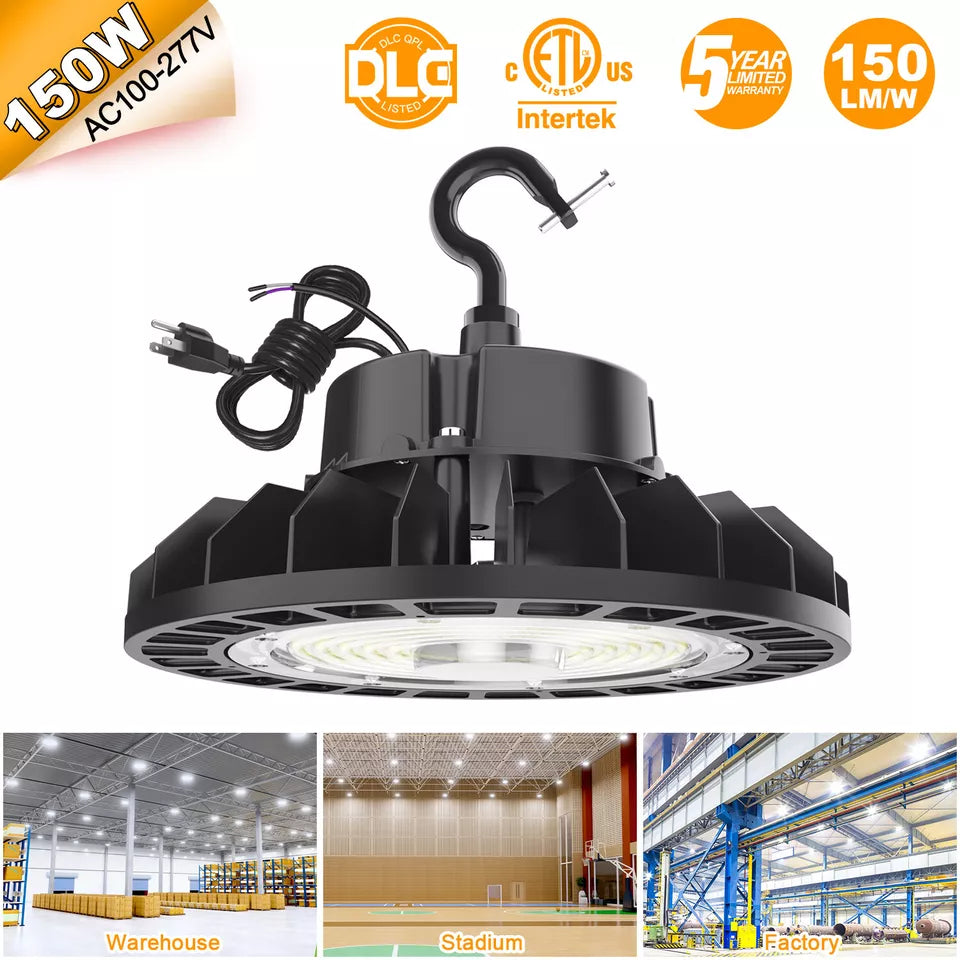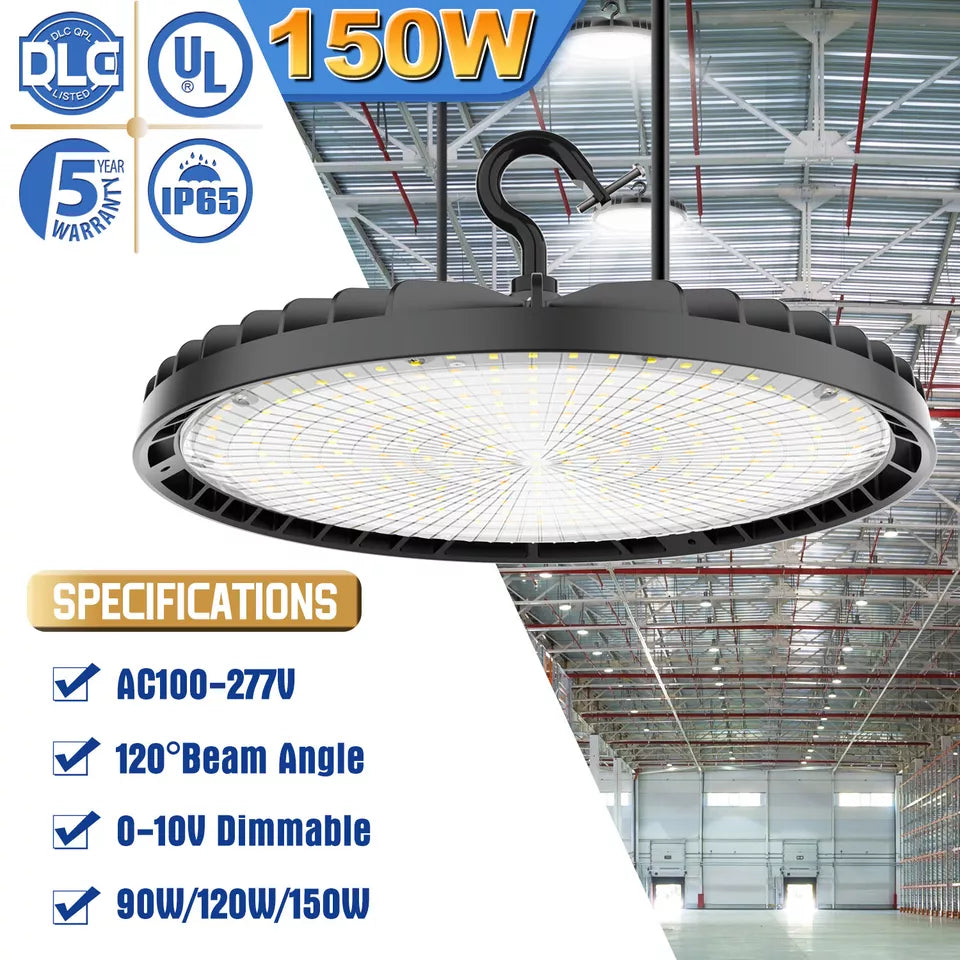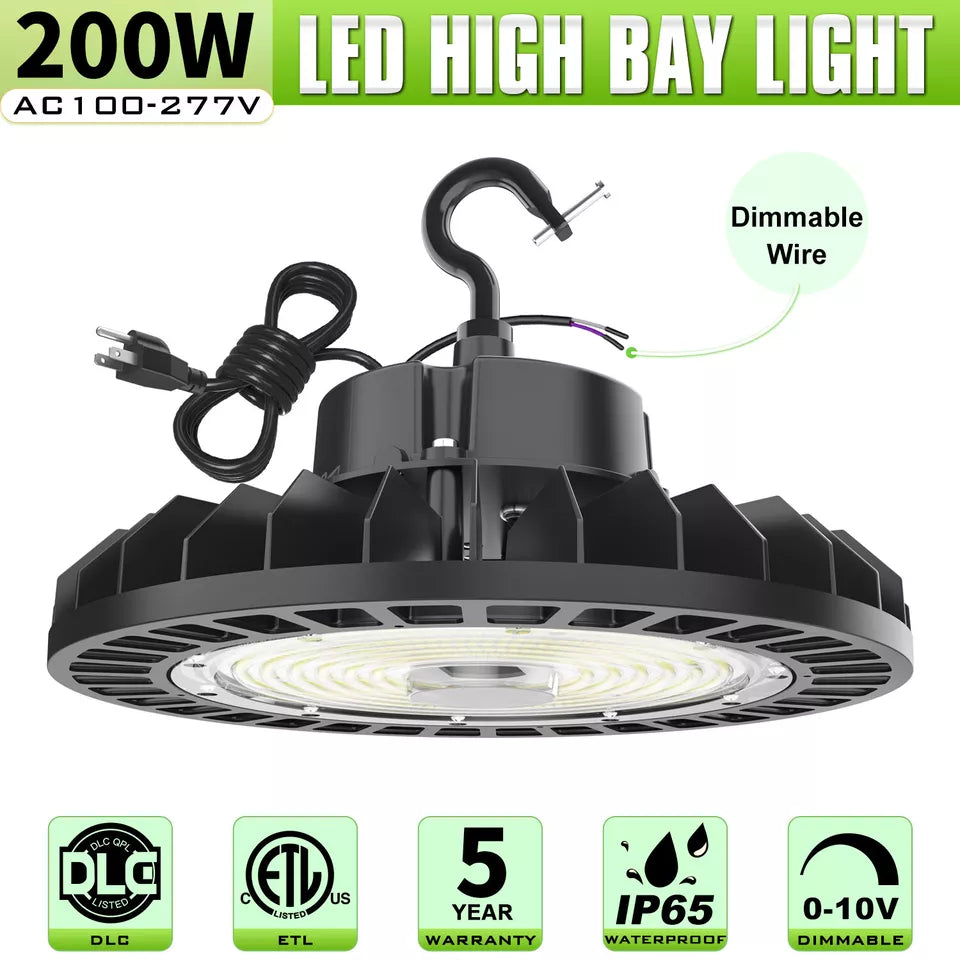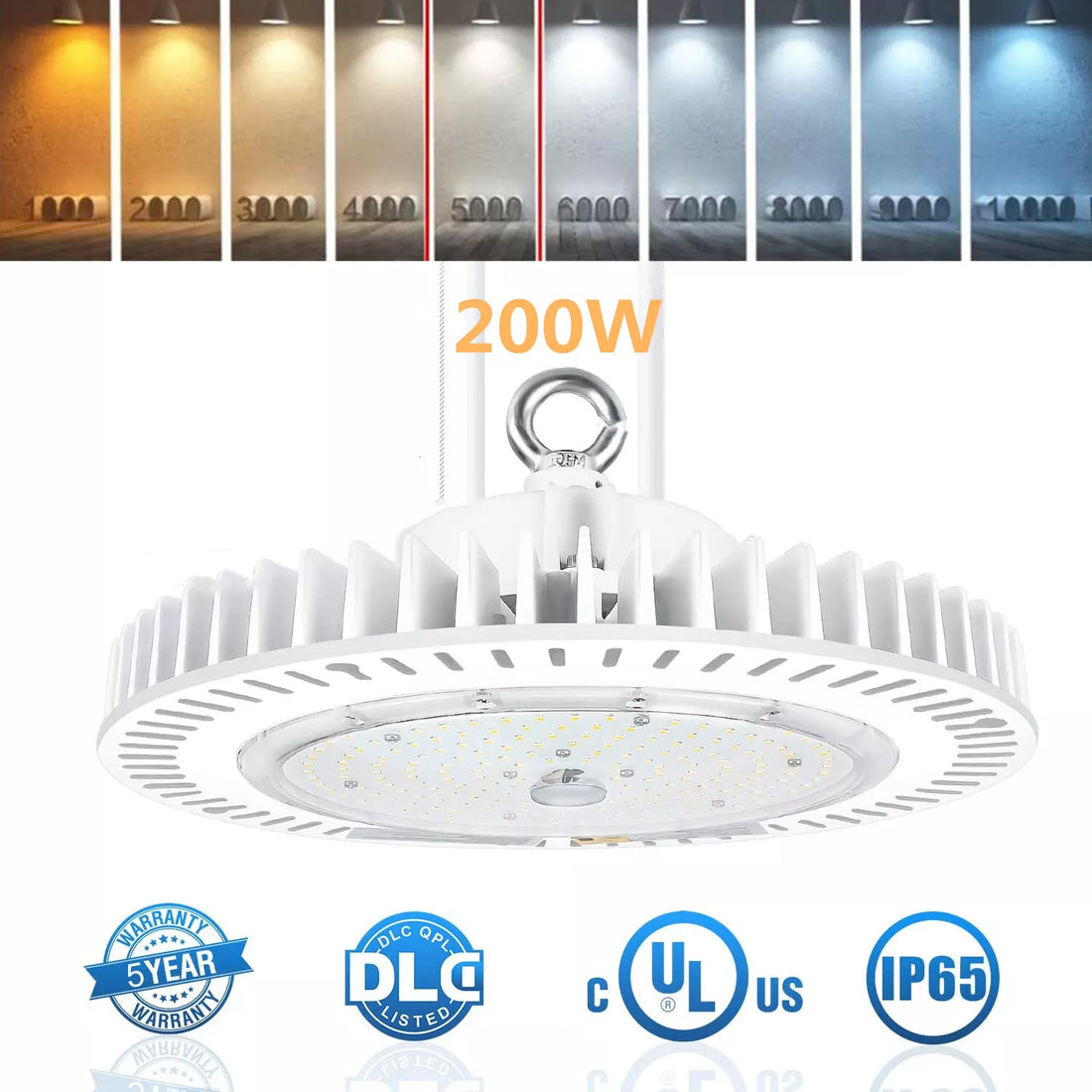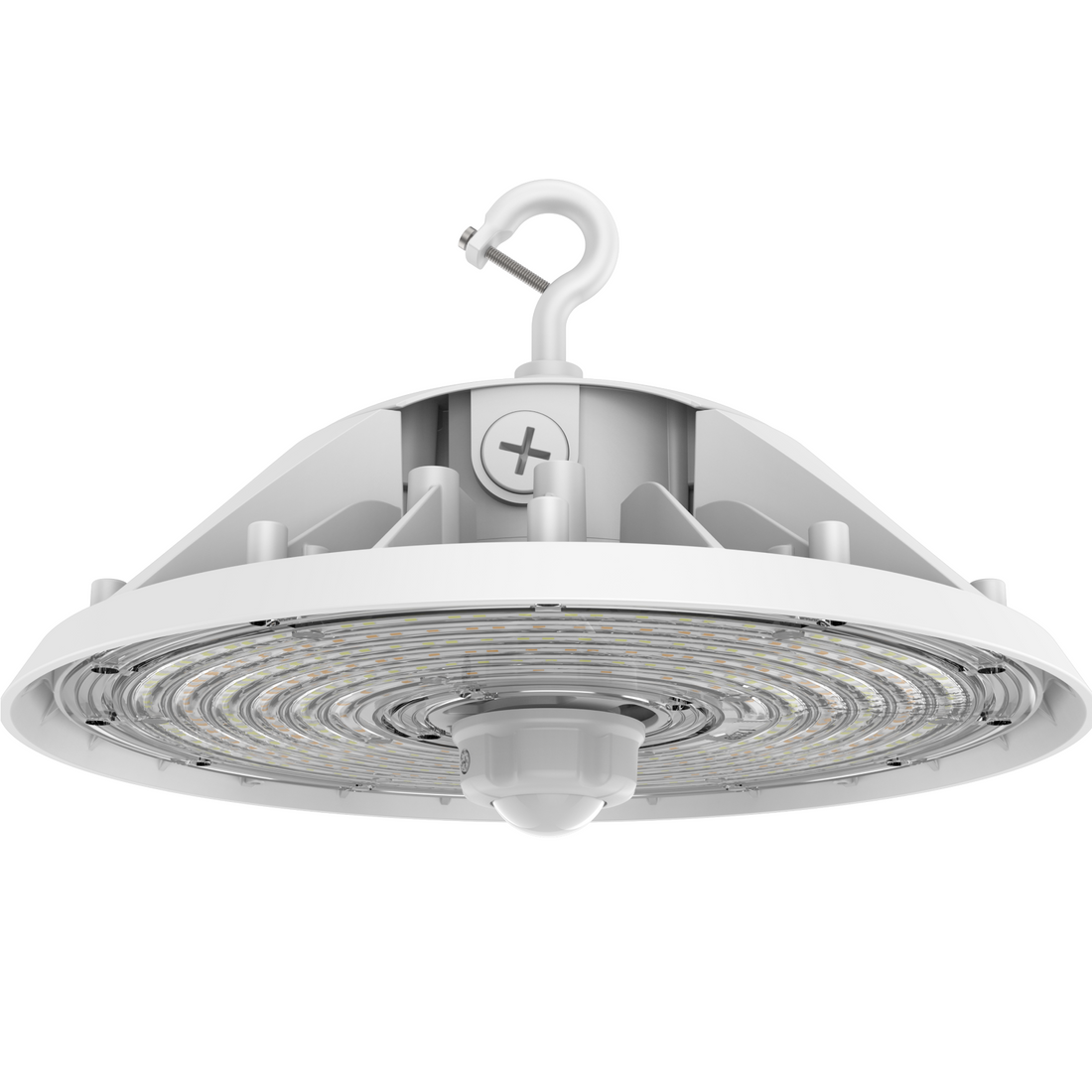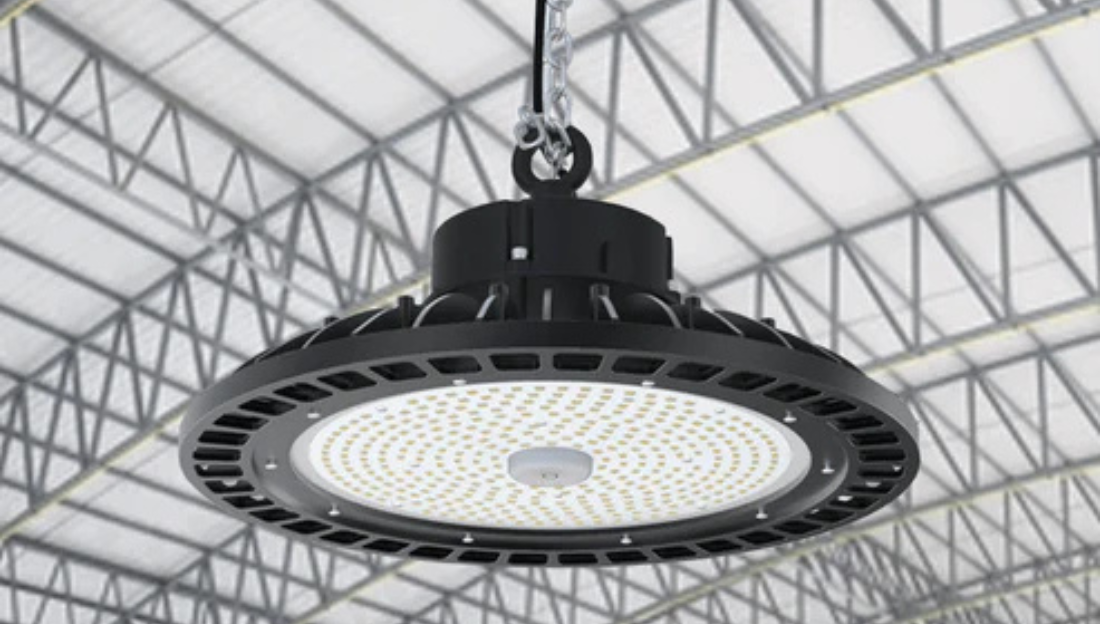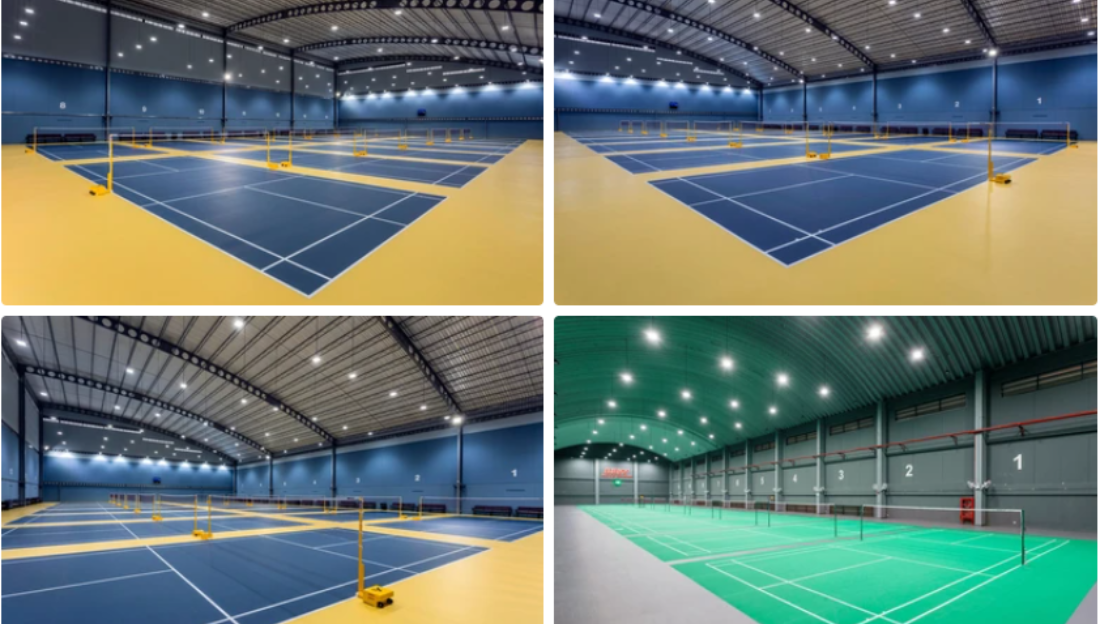UFO LED High Bay Lights have taken the industrial lighting world by storm — and for good reason. Their unique disc-shaped design, incredible energy efficiency, and long lifespan make them a go-to choice for warehouses, manufacturing facilities, gymnasiums, and other large indoor spaces. But what exactly makes these lights so efficient and reliable?
In this blog, we’ll take a closer look at the science and engineering behind UFO LED High Bay Lights, focusing particularly on how LEDs and heat sinks work together to deliver powerful, long-lasting illumination.
What Makes UFO LED High Bay Lights Special?
The term "UFO" refers to the light's circular, compact shape — resembling a flying saucer. But beneath that sleek, modern design lies a smart combination of technology and thermal management that ensures consistent performance even in demanding environments.
Let’s break it down.
1. How LEDs Produce Light
At the core of every UFO high bay light is an array of Light Emitting Diodes (LEDs). Unlike traditional lighting technologies like metal halide or fluorescent bulbs, LEDs work by electroluminescence — a process where an electrical current passes through a semiconductor material, exciting electrons and releasing photons (light particles).
This solid-state technology offers several key advantages:
-
High Efficiency: LEDs convert more electricity into visible light and less into heat.
-
Instant On: No warm-up time required.
-
Longevity: LEDs can last 50,000 hours or more.
-
Durability: No fragile filaments or gas-filled tubes.
But while LEDs are efficient, they still generate some heat — and that’s where the heat sink comes in.

2. Why Heat Management Is Critical
While LEDs produce less heat than traditional bulbs, they’re sensitive to the heat they do create. If the junction temperature (the temperature at the point where the LED chip connects to the circuit) gets too high, it can lead to:
-
Diminished light output (lumen depreciation)
-
Reduced lifespan
-
Color shift or flickering
That’s why thermal management is so important in high-output applications like high bay lights.
3. Enter the Heat Sink: The Cooling Partner
The heat sink in a UFO LED High Bay Light is a critical component designed to draw heat away from the LED chip and disperse it into the surrounding air.
Here’s how it works:
-
Conduction: Heat travels from the LED chip through a thermal pad or base into the heat sink.
-
Convection: The heat sink — typically made of aluminum for its excellent thermal conductivity — increases the surface area for heat to dissipate into the air.
-
Design: The UFO’s round shape isn't just aesthetic — it’s functional. The radial fin design maximizes airflow and cooling efficiency.
This passive cooling method allows the fixture to operate safely and consistently, even in high-temperature environments.
4. The Driver: Power Regulation and Protection
Another unsung hero in UFO LED lights is the LED driver. This component:
-
Converts AC power (from your building) to DC power (used by LEDs)
-
Regulates voltage and current to prevent overloading
-
Often includes surge protection, dimming capability, and thermal shutdown functions
A high-quality driver ensures optimal performance, protects the LED chips, and can even extend the life of the entire fixture.
5. Optics and Beam Control
UFO LED High Bays often include lenses or reflectors to shape and direct the light. Depending on the mounting height and application, you might choose:
-
Narrow beams (60° or 90°) for higher ceilings and focused light
-
Wide beams (120°) for more general, even coverage
These optics work in harmony with the LEDs and heat sink to deliver powerful, efficient lighting without wasted energy.
Final Thoughts: It’s All About Balance
The beauty of a UFO LED High Bay Light lies in its balance of efficiency, performance, and durability. LEDs produce brilliant, energy-saving light; the heat sink keeps them cool and stable; and the driver ensures consistent, safe power delivery.
Together, these components form a finely tuned lighting system engineered for longevity and reliability in the most demanding settings.
So, the next time you look up at those UFO-style lights overhead, you’ll know — it’s not just good design, it’s smart science at work.



